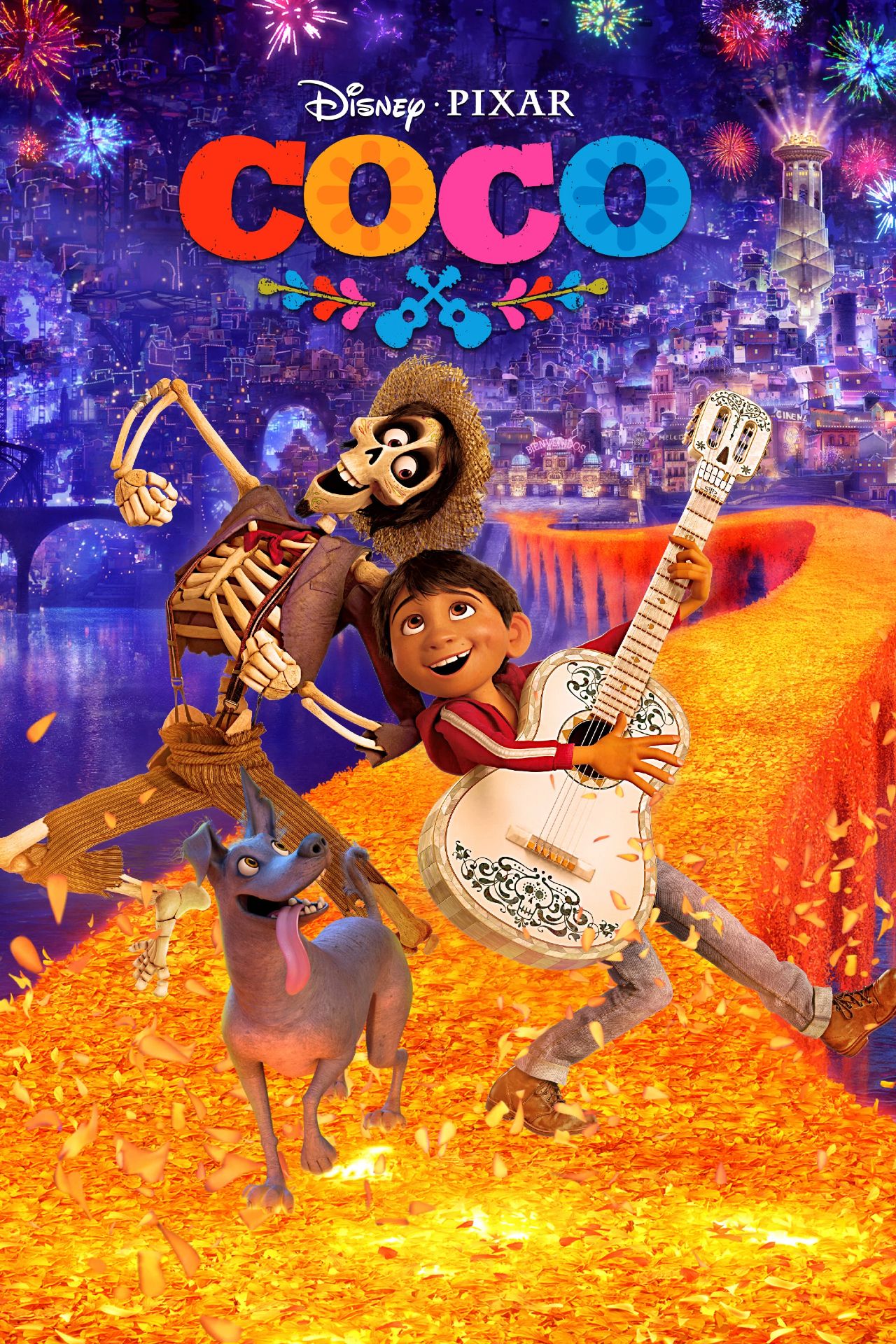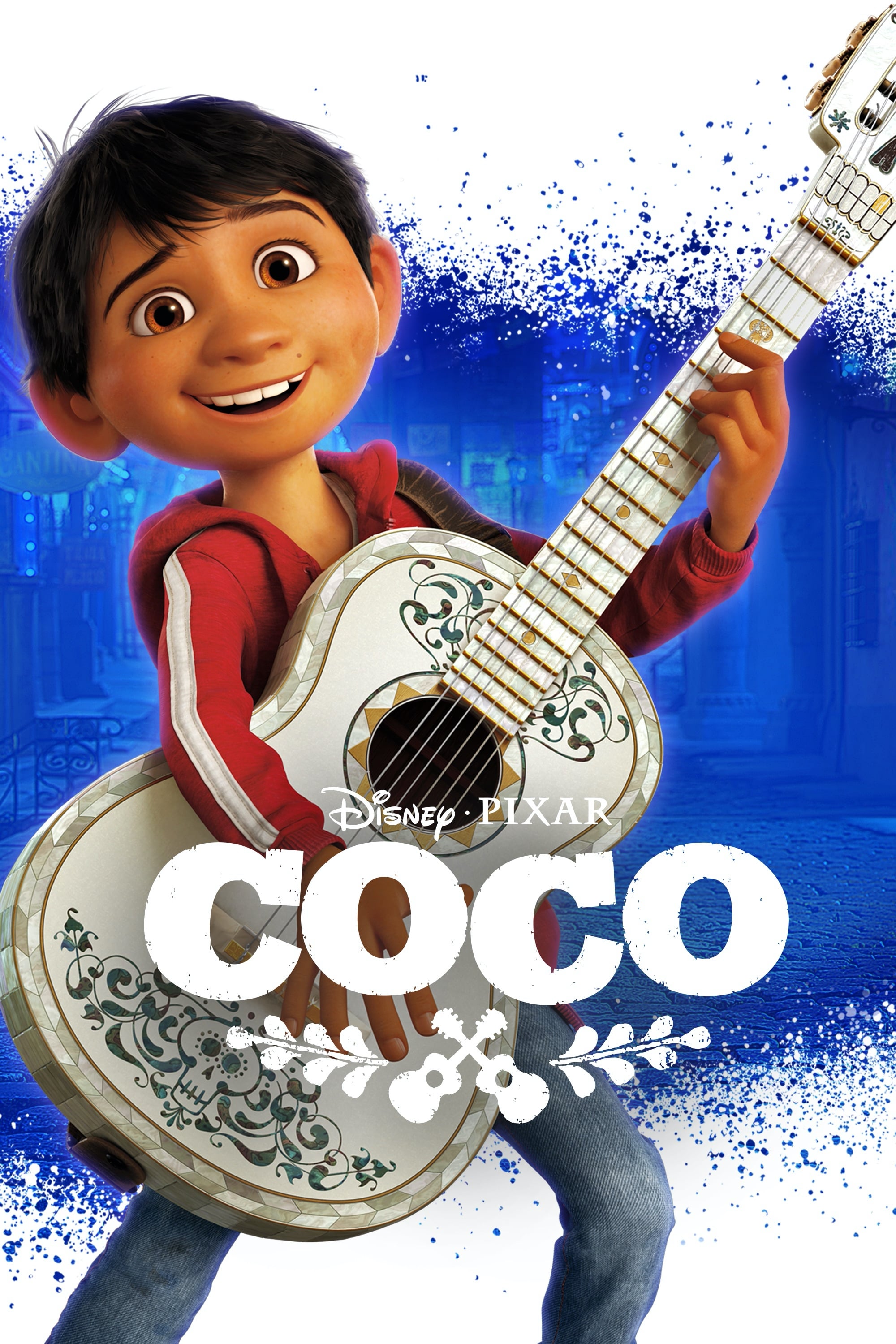Thinking about what makes something truly valuable, or what contributes to a person's overall standing, often brings up interesting points. It's not always just about money, you know, but more about the experiences gathered, the lessons learned, and the impact made. We sometimes look at public figures and wonder about their total worth, and that's a natural thing to do, but the real story, that, is that it goes much deeper than simple figures.
When we consider someone's "net worth," we might picture a financial statement, yet it could also mean the sum of all their experiences, the ups and downs, the moments of growth, and the connections formed along the way. It's about how different pieces come together to form a complete picture, much like collecting various bits of information to make a whole.
So, in a way, exploring the concept of worth, perhaps even someone's "Coco Gauff net worth," involves looking at various elements that contribute to a person's journey or a project's development. It's about how different aspects, from structured data collections to personal interactions, shape what we consider valuable.
Table of Contents
- What Makes Something Truly Valuable?
- The "Coco" Experience - More Than Just a Drink?
- How Do We Measure Worth in Digital Collections?
- Are All Cycles Created Equal?
- What Can We Learn from Repetition?
- Finding Joy and Connection - Is That Part of "Net Worth"?
- What's in a Name - The "Coco" Identity?
- The Bigger Picture - Building and Assessing Value
What Makes Something Truly Valuable?
Thinking about what truly holds value, it’s interesting to consider how different things are assessed. We might look at a film, for example, and decide if it’s a good one, much like how people judged the movie "Coco." Some folks watched it more than once, saying it was really something special, especially after other films from the same studio didn't quite hit the mark. That kind of strong positive reaction, you know, it suggests a significant artistic worth, a sort of cultural contribution that goes beyond just ticket sales.
Then there's the value in structured information, like the kind found in large datasets. We hear questions about whether a certain "COCO" collection has eighty different categories or ninety-one. These distinctions matter, actually, because they shape how we use that information, perhaps to train systems that recognize things. The way data is organized, with elements like "shuff" and "object" or even an "iscrowd" attribute for annotations, really shows how much thought goes into making these collections useful. This detailed work, basically, adds a different kind of value, a foundational worth for bigger projects.
The "Coco" Experience - More Than Just a Drink?
Sometimes, the worth of something isn't just about what it is, but the experience it brings. Take, for instance, a popular drink shop, also called "CoCo." One person shared their time working there while also attending college, and then staying on after graduation. Their reflections, to be honest, painted a picture of regret and a very negative atmosphere, mentioning severe workplace issues. This kind of experience, you know, it clearly subtracts from any perceived "net worth" of the employment itself, highlighting that not all opportunities are equally rewarding, even if they provide some income.
- Sydney Thomas Onlyfans
- Lil Wayne Drake Tattoo
- Ikiru Sushi
- Ana Valderrama Kansas City
- Caseys Bar Los Angeles
The story about a specific "CoCo" drink, the "three brothers," kept in a very cool room overnight because it was too late to drink, just a little, shows how even simple things can have their own little stories of value or convenience. The idea of saving it for the morning, keeping it just right, suggests a personal worth placed on that item, even if it's just a beverage. It's a small detail, but it speaks to the individual's connection to it.
How Do We Measure Worth in Digital Collections?
When we talk about digital assets, the way we measure their worth can get a bit technical. For example, with "COCO" datasets, there's a lot of discussion around their completeness and how they're structured. Whether it’s eighty distinct categories or ninety-one, and the differences between "shuff" and "object" components, these details actually determine how useful these datasets are for things like training artificial intelligence. The presence of an "iscrowd" property in object annotations, too, it's almost, helps refine how these digital collections are used, adding a specific kind of value for very particular applications.
Then there's the challenge of getting local images into a format that can be used by online services, like turning them into URL links for a cloud platform. This process, which might involve uploading them to a server first, shows how digital items gain worth by becoming accessible and usable within larger systems. It's about making something isolated, you know, something that has a place in a broader digital environment, thus increasing its functional value.
Are All Cycles Created Equal?
In many areas, especially when we are building something, the idea of cycles and repetition is quite important. In machine learning, for instance, there's a concept called an "epoch," which basically means the entire set of training data has passed through a model one full time. Each epoch, in a way, gives every piece of information a chance to update the model's inner workings. This repeated process, you know, it's pretty fundamental to how systems learn and improve, and the number of these cycles chosen can make a real difference in the final outcome.
An epoch itself is made up of smaller sections, called "batches." So, a whole training run involves many batches making up an epoch, and many epochs making up the complete training period. This layered approach to repetition, basically, helps manage the process, allowing for incremental improvements and adjustments. It’s a very structured way to build something, bit by bit, through consistent, repeated actions.
What Can We Learn from Repetition?
The concept of repeating actions, or going through cycles, teaches us a lot about refinement and progress. When we talk about "epochs" in the context of training a system, it's about giving the system multiple chances to learn from the same information. Deciding on the right number of these full passes, you know, is a key part of getting the best results. Too few, and the system might not learn enough; too many, and it might just memorize things without truly understanding.
This idea of repetition isn't just for machines, though. We see it in how we review things, like TV shows. Someone mentioned keeping a running summary of show evaluations, filtering out older or lower-rated ones. The more people who evaluate a popular show, the more objective its score becomes. This repeated assessment by many, in a way, builds a collective worth or reputation for that show, showing how repeated input helps establish value.
Finding Joy and Connection - Is That Part of "Net Worth"?
Beyond financial or technical worth, there's the value we get from connection and shared experiences. Think about playing games with friends or a partner. There are specific computer games, often found on platforms like Steam, that are designed for multiple players to enjoy together. These experiences, you know, they offer a different kind of richness, a social worth that contributes to overall well-being. Someone even shared their personal feelings and thoughts about these types of games, suggesting they bring a good deal of happiness.
Similarly, movies can offer a shared experience that creates a sense of connection. The film "Coco," for example, was seen as a real standout, with someone watching it more than once because it was so good. This kind of shared enjoyment, the way a story can bring people together or evoke strong feelings, adds to its value beyond just being a piece of entertainment. It’s about the emotional return, the feeling of something truly special.
What's in a Name - The "Coco" Identity?
Sometimes, a name itself can carry a certain weight or a specific feeling. The name "COCO," for example, can be perceived in different ways depending on the context. One student mentioned how their instructor would call them "COCO" with a lot of enthusiasm, quite unlike how they addressed others. This experience, you know, it highlights how a simple name can take on a unique personal meaning, perhaps even a slightly surprising one, depending on who is using it and how.
The name "Coco" also shows up in different forms, from the tea shop to the movie, and even as a common term in datasets. Each instance, basically, adds a layer to the overall perception of that name, creating a kind of identity that's built from various associations. It’s interesting to consider how a single name can be tied to such different experiences and entities, each contributing to its broader recognition.
The Bigger Picture - Building and Assessing Value
Ultimately, when we think about what contributes to worth, whether it’s a personal standing or the value of a digital creation, it’s a mix of many things. It involves the careful organization of information, like deciding between eighty or ninety-one categories in a dataset, or how "shuff" and "object" elements play a role. It also includes the often unseen processes, like how many "epochs" a system goes through to learn something, or the detailed steps to make local data accessible online.
Then there are the human elements: the quality of a work experience, good or bad, or the pure enjoyment found in shared activities like playing games or watching a beloved movie. All these pieces, you know, they contribute to a broader sense of value. Even the simple act of keeping a drink cool or how a name is spoken, they all add tiny bits to the overall picture of what something is worth, in a way, or how it affects us. It’s a very personal and collective assessment, really.
Related Resources:



Detail Author:
- Name : Ophelia Goldner PhD
- Username : labadie.chaz
- Email : david78@ernser.com
- Birthdate : 2000-07-17
- Address : 437 Hagenes Isle Suite 556 Christophehaven, MS 55014-6037
- Phone : 1-620-202-4577
- Company : Frami, Christiansen and Willms
- Job : Biological Scientist
- Bio : Nesciunt placeat aut nisi vel magnam aperiam. Rem enim non fugit. Beatae quae dolor quasi reprehenderit. Minima voluptatem et corporis. Culpa beatae nisi sint.
Socials
twitter:
- url : https://twitter.com/john_stoltenberg
- username : john_stoltenberg
- bio : Porro perferendis autem mollitia voluptate. Quidem eos nihil aut est totam. Corporis aut maxime rerum nihil.
- followers : 6427
- following : 260
instagram:
- url : https://instagram.com/jstoltenberg
- username : jstoltenberg
- bio : Dolorum et minus in ducimus eum. Est praesentium nesciunt id eligendi. In vero totam ducimus.
- followers : 6752
- following : 877
linkedin:
- url : https://linkedin.com/in/john_real
- username : john_real
- bio : Libero eos eveniet provident deleniti.
- followers : 2386
- following : 2509
tiktok:
- url : https://tiktok.com/@jstoltenberg
- username : jstoltenberg
- bio : Facere ab ea quod non. Officia ipsa voluptatem vel eum ullam.
- followers : 4228
- following : 1981